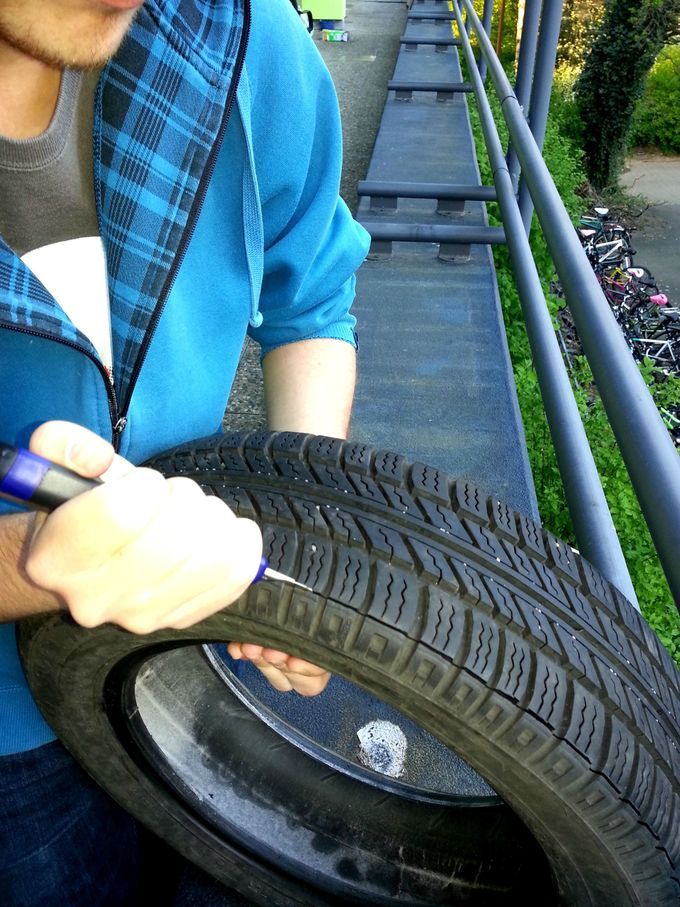Leave a comment
Categories Car Care by Editor
“This post contains affiliate links, and I will be compensated if you make a purchase after clicking on my links.”
After many days of using the car on different roads, your tires are not as shiny as the first day. Tires will worn, pale and even cracked after a period of use. How to make tires black again without having to change them? Do you want better tires and still keep your tire quality? We will answer in this article.
How to make tires black again
10 Year Anniversary Sale – Up to 50% off of thousands of tires
Valid through July 18, 2022
Available at SimpleTire.com
Contents
Tires are the direct friction against the road surface. After a period of use, discoloration and cracking will occur, losing the grip of the tire. Besides, the road surface has worn out tire spikes after a period of use. The rubber material of tires has very good elasticity. But over time, the abrasion of tires causes rubber surfaces to lose friction. This is dangerous for the driver.
Blackening tires also have a lot of technical benefits. When the tires are black, you can prevent rubber cracking early. When the tire is well cared for, the toughness and durability of the tire increases. Moreover, you will not encounter a tire explosion or deflated tire when using.
Blackening tires for aesthetic reasons. When the tire faded, it looked no longer shiny and less luxurious. Glossy black tires contribute to making your car look new and more luxurious.
Glossy black tires contribute to making your car look new and more luxurious.
The chemicals used to make tires black again
The simplest and most common way is to use oil. Oil is an easy-to-use, cost-effective substance. How to black tire oil is simple. You need to clean the tire, wait for the tire to dry and apply oil on it. But, this way has some limitations.
Oil adhesion on tires is not durable. After a short time, the oil layer drifts after contact with the water. If you do not have the experience, you will make them appear slippery when traveling. Currently, on the market, there are many types of specialized tire polishing solutions.
These types are very diverse with many prices. You can choose the product that suits your economic conditions. These substances often have many effects on tires. For example, making the car more glossy helps prevent cracking on tires. Some also work against harmful UV rays from the sun.
Besides, there is a substance called young rubber (also known as silicon) to black the tires. This is a substance used in car repair shops. They use it to patch tires when the tires punctured.
This substance also works to black the tires when you put them into a solution. But, if you have no experience with vehicles, you should not use this method. If used in the wrong dosage, this substance will make the tires harder and more damaged.
The exterior of the vehicle and especially the tires will cling to a lot of dirt after use. The dirt clings a lot to your tires. Thus, you should clean them before refurbishing. Besides, when the tires clean, the chemicals will grip and keep the color longer.
Clean the tire before blackening
Remember to clean the tire grooves. Those are the places that get the most dirt. It is very important to note that you should not use brushes to clean tires. The brush will scratch and abrasion the tire, the tire will be more likely to damage. Use water spray instead. You should use a high-strength special nozzle. If not, you can use a regular hose and grasp the end of the pipe to increase the force of water.
The brush will scratch and abrasion the tire, the tire will be more likely to damage. Use water spray instead. You should use a high-strength special nozzle. If not, you can use a regular hose and grasp the end of the pipe to increase the force of water.
After making sure your tires are completely clean, let the tires dry. Then use some type of gel or tire balm. These act as a lining to protect your tires. After these substances dry and completely stick to the tire, move on to the second step.
Depending on the type of chemical you use, they will have different uses. Some solutions need to mix with water, some solutions can spray on the tires. You need to follow the manufacturer’s instructions. The manufacturer-guaranteed ratios ensure that your tires are glossy black. Do not overuse chemicals, they will cause the opposite effect if you use the wrong dose.
Most tire blackening requires use with a brush or cloth. Notice that there is also a special brush for blackening the tires. Do not use regular brushes, they will not work in black paint tires. Some brushes also cause tire damage. Invest in an inexpensive specialized brush, you should invest them.
Do not use regular brushes, they will not work in black paint tires. Some brushes also cause tire damage. Invest in an inexpensive specialized brush, you should invest them.
After blackening the tires, let the solution dry and have a firm grip on the tires. Some chemicals work right when you are doing them, some are dry before you have the gloss. Besides, do not use the car immediately after you proceed to black the tires. Let the tires rest for at least a day so that the substance can create a certain grip on the tires.
Do not abuse the tire blackener! You should not darken your tire too often. Use only when the tires are too worn out and degraded. If used too often, it will cause side effects. The chemicals will make your tires break down and reduce the life of the tire.
Beware of deceptive tactics on the market. Today many people abuse their love of glossy black tires to make money. They use low-quality tires that only blacken and look like new. But, after a period of use, these poor quality tires are easy to wear and dangerous to the driver. You choose to buy tires or tire blackening service at reputable establishments.
But, after a period of use, these poor quality tires are easy to wear and dangerous to the driver. You choose to buy tires or tire blackening service at reputable establishments.
This article has covered how to black the tires and the chemicals used to black the tires. Don’t forget the notes at the end. Hope this article is helpful for you. If you have any experience blackening your tires, do not hesitate to share them with us. Stay tuned, we will come back with a lot of other useful articles!
NASCAR may have been founded around moonshine, but those early days of running “white lightning” are long gone. Nowadays, auto enthusiasts prefer to run a different kind of shine, and unlike those hot-rodding bootleggers, this stuff won’t force you to run from the fuzz.
Homemade DIY alternatives are as numerous as crashes at Talladega, and nowhere is this more apparent than in the world of car detailing, with liquid car detailing solutions leading the pack. So is it possible to concoct homemade tire shine with a bunch of random ingredients you’ve got lying around the house? It’s not like you have to worry about a peeling clear coat or hard water spots when caring for tires. So why not get play “mad scientist,” and mix-up a potent shine of some sort?
So is it possible to concoct homemade tire shine with a bunch of random ingredients you’ve got lying around the house? It’s not like you have to worry about a peeling clear coat or hard water spots when caring for tires. So why not get play “mad scientist,” and mix-up a potent shine of some sort?
Now before we get too “antsy in the pantsy” over talking tire shine, let’s get one thing straight: There’s a reason why the tire dressing business is so fucking profitable. For decades, the world’s wealthiest chemical companies have spent an asinine amount of cheddar on researching and testing tire shine products, just to guarantee that they work.
That being said, please don’t get all hot under the collar when your homemade tire shine solution isn’t lasting nearly as long, or bringing the thunder like a $1 billion dollar investment from 3M. You are here because your cheap ass is trying to make due with what you’ve got, and you’re curious to see if all those post-apocalyptic survival supplies you’ve been hording in your auntie’s garage will cut the kimchi.
Well fear not good citizen! The following three, relatively decent, super simple homemade tire shine recipes are here to make your quest for frugality a reality. While we’re at it, I guess we might as well address some of the common issues associated with homemade solutions of this caliber, and maybe even throw in a brief FAQ section, just for shits-and-giggles. Onwards!
3 of the Best Homemade DIY Tire Shine Solutions
While a lot of people have their own homemade tire shine recipe (tortoise saliva and turpentine anyone?), the following three oddball entries are generally accepted as the best, and safest solutions. However, just to err on the side of caution, we strongly suggest using protective gear such as nitrile gloves and eye protection when concocting an automotive “tincture” on one’s own. The last thing we want is for you to end up in the hospital because you just discovered that you are allergic to any combination of the following ingredients.
It may sound like a frilly Hipster highball, but when you combine castor oil and alcohol with a little auto shampoo and water, the natural shine of the rubber and synthetic materials contained within modern tire compounds really pops. Here is what you’ll need to make this oddball “cocktail.”
To whip-up this magical mixture, you’ll first blend the automotive shampoo and water to wash the tire. Use a tire brush to get into all of those little grooves and textured surfaces on the outer sidewall.
After scrubbing the rubber, use some rubbing alcohol to further clean the tire. The alcohol essentially acts as an extra step to further remove contaminants from the tire’s sidewall, and should be used sparingly, as it can dry out rubber rather quickly. A modest splash of rubbing alcohol on a microfiber towel or applicator pad will be all that is needed to wipe the entire tire clean.
A modest splash of rubbing alcohol on a microfiber towel or applicator pad will be all that is needed to wipe the entire tire clean.
Once the tire has dried, splash some castor oil on a different microfiber towel or applicator pad, and hit every square centimeter of the tire’s sidewall in a circular motion until a sheen can be seen from every angle.
Out of all of the products on today’s list of homemade tire shine formulas, baby oil has to be the cheapest and slipperiest. Not only does this slick mineral and aloe-based oil add insane amounts of shine to anything it touches, but the infusion of Vitamin E has caused it to become prized for its ability to nourish cracked and drying surfaces, and that includes automotive rubber.
Here is what you’ll need:
First, pour the 1/2 cup of water into a bucket, add the baby oil, and mix with three drops of automotive shampoo.![]() Pour the solution into a spray bottle and shake it up. Spray the homemade tire shine directly onto the tire , as well as onto a clean microfiber towel. Once the tire is completely covered and slick-looking, allow the solution to sit for a minute or two before wiping it away with a separate microfiber cloth.
Pour the solution into a spray bottle and shake it up. Spray the homemade tire shine directly onto the tire , as well as onto a clean microfiber towel. Once the tire is completely covered and slick-looking, allow the solution to sit for a minute or two before wiping it away with a separate microfiber cloth.
While the smell of burning rubber may excite fans of drag racing, most people abhor this pungent automotive aroma. Try laying a citrusy smackdown on UV damage and cruddy contaminants with the dry-rot-reducing power of a lemon oil tire dressing solution. When blended properly, this concoction acts as both cleaner and conditioner.
First, pour the automotive shampoo into a bucket and then add the water along with the Borax. Stir the concoction until fully mixed, adding the lemon oil last. Once fully blended, dip the brush in the solution and clean the tire, reapplying fresh amounts of solution as necessary. Rubber thoroughly scrubbed, break out a clean microfiber towel and conduct a final, dry wipe down.
Stir the concoction until fully mixed, adding the lemon oil last. Once fully blended, dip the brush in the solution and clean the tire, reapplying fresh amounts of solution as necessary. Rubber thoroughly scrubbed, break out a clean microfiber towel and conduct a final, dry wipe down.
Naturally, there are a ton of other homemade tire shine options out there, most of which rely upon common household products. The issue, is that from a shiny tire’s viewpoint, most of these ingredients really aren’t all that great when it comes to durability and visual appeal. So take the attached video with a glob of grease, because the aforementioned DIY tire shine solutions are about as good as it gets.
Why It’s So Important to Protect Your TiresA shiny sidewall is way more than just a glossy appearance. It’s a protected rubber surface. A rubber surface that can spell the difference between arriving home safely, or losing complete control of the vehicle. Photo Credit: Discount Tire Direct/Facebook
Photo Credit: Discount Tire Direct/FacebookIn order to help you remember the core components of routine tire care, we suggest following the classic T.I.R.E. acronym, for it still rings true today. This will not only help keep those sidewalls looking spiffy, but potentially prolong the life of the tire compounds themselves, and therefore make your windshield time all the more safe.
“T” is for TIDYThe easiest way for someone to keep their tires in good shape, is to clean them regularly. Washing away tire contaminants like grime, brake dust, pollution, and road salt helps remove the risk of this crud embedding into the rubber.
By keeping your tires tidy, and routinely applying a protectant, contaminants and UV rays alike become far less of an issue, as both are the core cause behind premature cracking and blowouts.
“I” is for INSPECT The old “penny test” may be a proven method for testing tread depth, but on many tire compounds this means you have reached a dangerously low level of grip.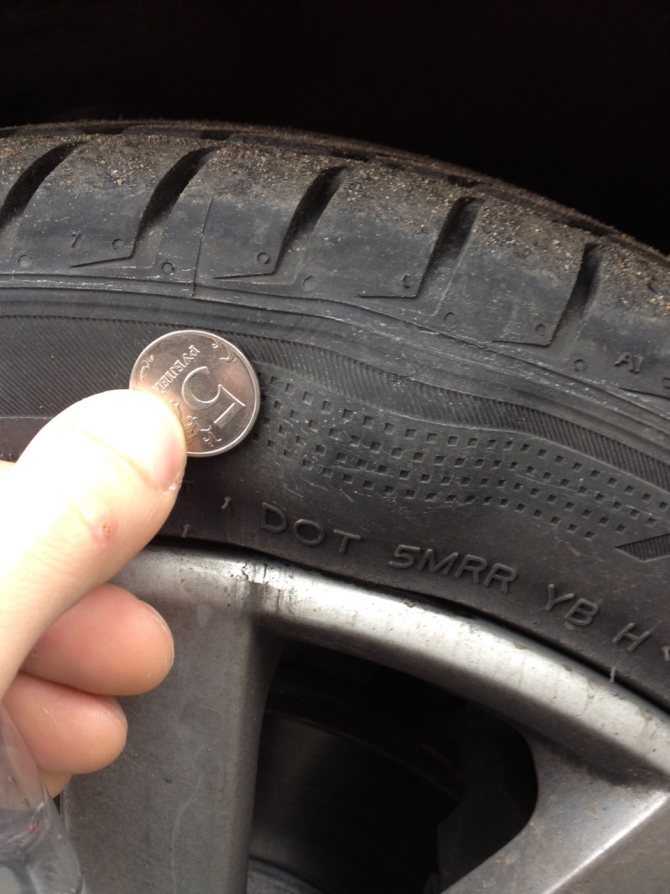 The top of Lincoln’s head on the US penny measures about 2/32nd’s of an inch, which traditionally means it’s time to replace a tire. Don’t wait until your tires reach this level, because your traction at this point will likely border on being dangerous.
The top of Lincoln’s head on the US penny measures about 2/32nd’s of an inch, which traditionally means it’s time to replace a tire. Don’t wait until your tires reach this level, because your traction at this point will likely border on being dangerous. Automotive tires should undergo monthly maintenance checks, especially when routinely driven. This includes checking tire pressure levels, which should be done every other week, especially since these numbers fluctuate when there are dramatic changes in ambient air temperature.
Inspecting tires for cracks, bubbles, or odd wear patterns should also be a routine, with a monthly, or bi-monthly basis being the norm. This will not only help you keep an eye on the condition of the tire compounds themselves, but by detecting uneven or unusual treadwear patterns, you will shine a spotlight on any suspension alignment issues. There is also the issue of improper tire inflation, which can lead to premature wear and potential blowouts.
Many car owners assume that if there is more than 2/32nd tread depth left on a tire, they’ll be totally fine. This is one of those outdated, shade-tree mechanic recommendations. By the time a tire’s tread pattern has worn this low, traction will have been reduced to a dangerously low point. Play it safe, and replace your tires when the rubber reaches Lincoln’s forehead on the US penny.
“E” is for EASY For those of you who are unfamiliar with tire lingo, this guide will help explain what all the numbers and letters on the sidewall of a tire means.Having the right tires on your vehicle is just as crucial as routinely inspecting and maintaining them with a tire dressing cleaner. Keeping an adequate load weight, and not exceeding the tire’s maximum capacity is a core way to maintain tire integrity, as is ordering the appropriate tire size.
Overloading a vehicle, or specific areas of a vehicle (like the trunk or truck bed), puts a ton of strain on tires, as every tire compound on the planet comes pre-engineered to withstand a certain amount of pressure. So shop wisely, and know that any tires with the letters “XL” on their sidewall won’t be “extra large,” but strong enough to hold extra air, thus allowing them to carry “extra loads.”
So shop wisely, and know that any tires with the letters “XL” on their sidewall won’t be “extra large,” but strong enough to hold extra air, thus allowing them to carry “extra loads.”
Quick Tip: Don’t forget to check your spare tire every month. Nothing is worse than having a flat tire, and realizing that the doughnut is also low on air or damaged in some way.
Parting ShotsDry rotting tires or tire sidewall cracks are a commonplace, and often avoidable tire malady. If your tires look like this it is time to replace them ASAP.While these homemade tire shine solutions are rather good at improving appearances and protecting sidewalls, extending longevity really boils down to protection, not enhancement. That is why the lemon oil shine option remains the preferred homemade method for accomplishing this vital step.
Just remember, automotive tire care is more than just applying a product or some homemade solution to a piece of rubber.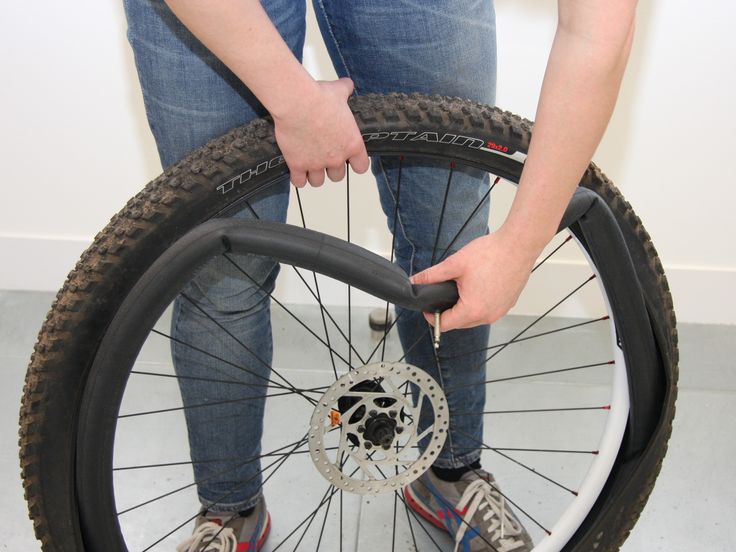 In order to safely enjoy the joys of the open road, one must first inspect and then protect their tires. This rubberized consumable product is the only part of the vehicle that comes into contact with the ground. So take good care of these rolling pieces of rubber, and they will take care of you…
In order to safely enjoy the joys of the open road, one must first inspect and then protect their tires. This rubberized consumable product is the only part of the vehicle that comes into contact with the ground. So take good care of these rolling pieces of rubber, and they will take care of you…
(
Updated:
27/07/2020
)
Contents of article
Any new thing looks a hundred times better than a used item.
The entire vehicle detailing industry is built on this axiom. This service involves cleaning the interior, polishing the body and wheels, polishing the glass and headlights. An experienced detailer turns even a well-worn car into candy. But what to do with tires - they cannot be polished due to the characteristics of the structural material. Leave as is? This is not the best option - old tires will spoil the exterior of the vehicle, so detailers offer motorists a special service - blackening car tires.
A truly effective rubber blackening agent transforms the appearance of car tires and the entire car (from the towbar to the front bumper). Therefore, the TOP 5 reasons to order this service include the following circumstances:
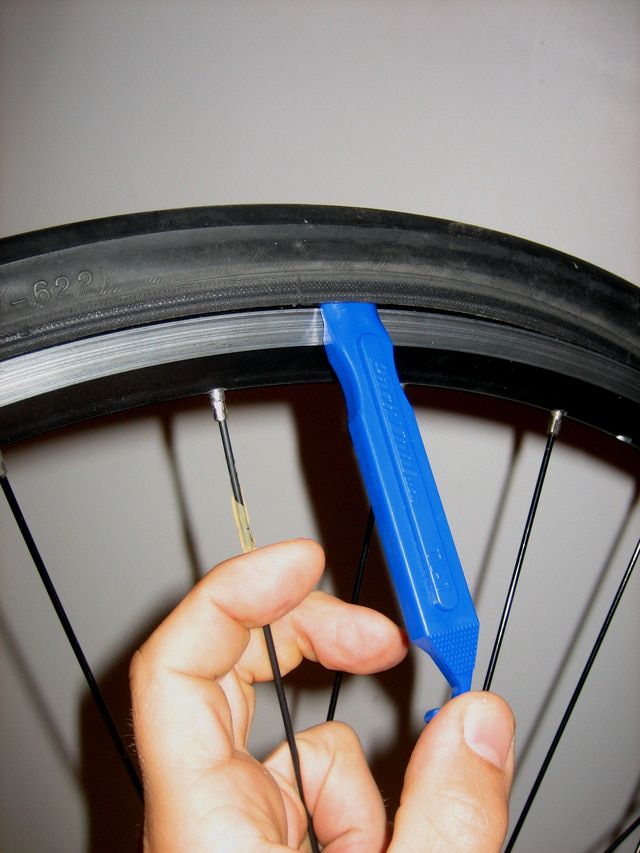
However, you can not look for excuses and paint the rubber black at the behest of the soul. After all, it's your car and you can do whatever you want with it. The main thing is to find the right tire tinting agent and choose the right way to paint.
Every detailer has their own preferences. Someone prefers an ink for car plastic, someone prefers ordinary glycerin or another hand-made product.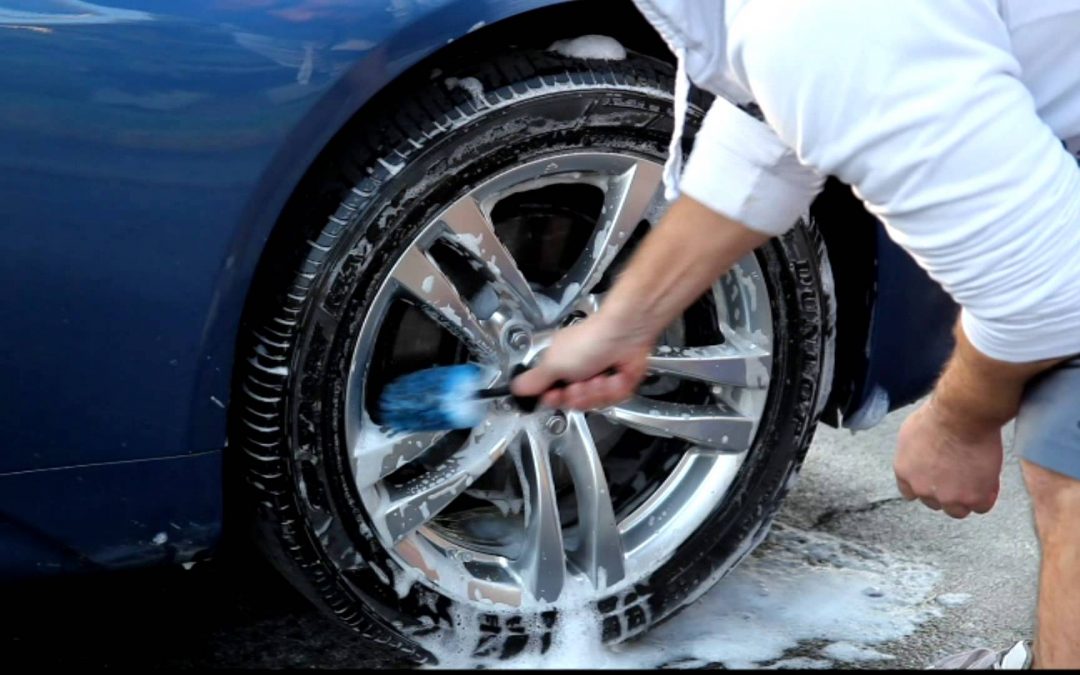 These preferences do not affect the classification of rubber tinting preparations, because there are two types of “detractors” on the automotive chemicals market:
These preferences do not affect the classification of rubber tinting preparations, because there are two types of “detractors” on the automotive chemicals market:
Strictly speaking, with these tools it is impossible to paint the tire black or make the rubber white. They only renew and clean the surface of the tire, returning it to its second youth. Moreover, for these purposes, both home-made (home-made) and factory compounds or ordinary black paint for wheels are suitable.
Busy people prefer to solve problems with the help of hired specialists. But if you want to get a quality service, you will have to make your own ink and apply it to the tires before the compound dries. After all, there are few good craftsmen, and there are many cars, so someone is painted by experts in their field, and someone will have to invent their own way of blackening.
To make an effective blackening agent at home, you should pay attention to the following recipes:

Glycerin for a car is sold not only in a car dealership, but also in any pharmacy, in bottles of 25 and 40 ml. This packaging facilitates the calculation of the proportion of water and glycerin. Soap is taken in a whole piece, silicone is bought in liter bottles.
Summer Drive Protection Sound Comfort
Rating:
4.5
Tires Goodyear Eagle F1 Asymmetric 3 SUV
Summer Drive protection
Rating:
4.5
Tires Goodyear Eagle Sport TZ
Summer Drive protection
Rating:
4. 5
5
Tires Goodyear EfficientGrip 2 SUV
Summer Drive Protection Run On Flat
Rating:
4.5
Tires Goodyear EfficientGrip Performance
Winter Drive protection
Tires Goodyear UltraGrip Arctic 2 SUV
Winter Drive Protection Sound Comfort
Rating:
4.5
Tires Goodyear UltraGrip Ice 2
Winter Drive Protection Sound Comfort
Rating:
4.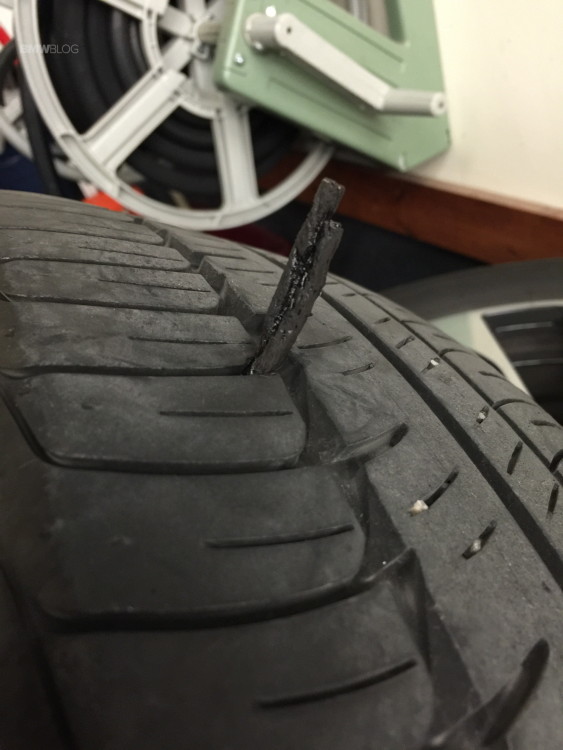 5
5
Tires Goodyear UltraGrip Ice SUV
Winter Drive protection
Tires Goodyear UltraGrip Performance+ SUV
All season Drive protection
Rating:
5
Tires Goodyear Vector 4Seasons Gen-3 SUV
Summer Drive Protection Run On Flat
Rating:
4
Tires Goodyear Wrangler HP All Weather
All season Drive protection
Rating:
4.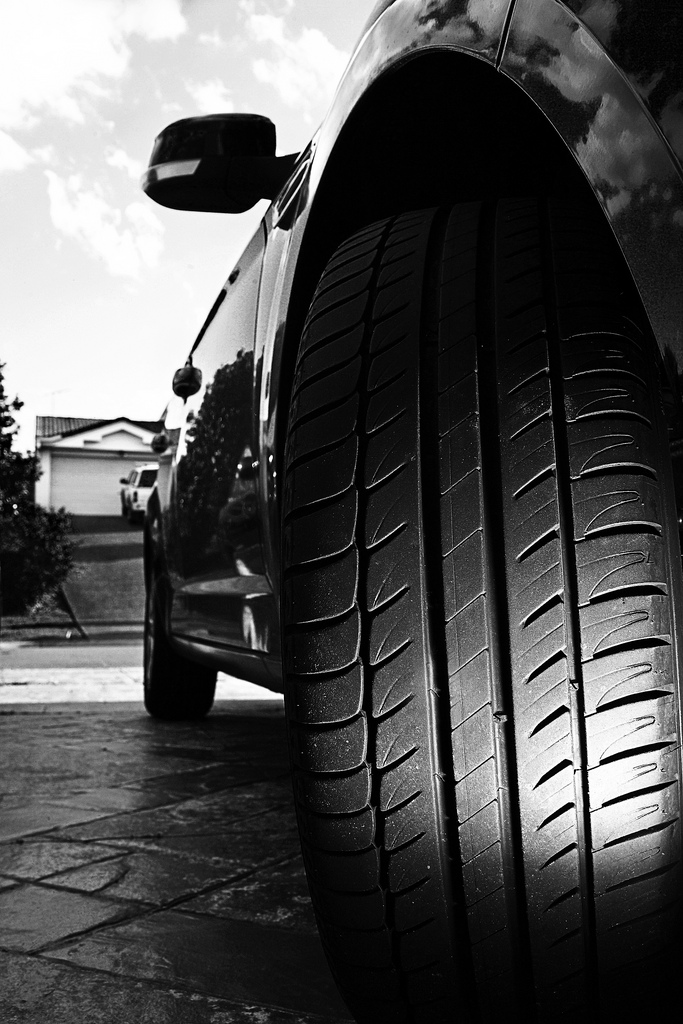 5
5
Tires Goodyear Vector 4Seasons
Summer
Rating:
4.5
Tires Goodyear Wrangler All-Terrain Adventure with Kevlar
Summer Drive protection
Rating:
4.5
Tires Goodyear EfficientGrip SUV
Summer Drive Protection Run On Flat
Rating:
4
Tires Goodyear Eagle F1 Asymmetric SUV
Popular proportions of a mixture based on glycerin and water are 1:1, 1:3; 1:5. You take 1 bottle of glycerin, pour it into a container and add it to 1, 3 or 5 liters of water. Before applying to the entire wheel, we recommend painting a small area on the tread surface with glycerin. If you like the result, you can continue working. Otherwise, add a little glycerin (for shine) or water (for a matte effect) to the mixture.
You take 1 bottle of glycerin, pour it into a container and add it to 1, 3 or 5 liters of water. Before applying to the entire wheel, we recommend painting a small area on the tread surface with glycerin. If you like the result, you can continue working. Otherwise, add a little glycerin (for shine) or water (for a matte effect) to the mixture.
The soap composition is prepared on the basis of laundry soap 72%, which is rubbed on a coarse grater and dissolved in a basin of water. Unlike glycerin, soap can be mixed with water by eye. After preparation, the soap solution is rubbed into the tire with a stiff brush and left on the rubber until completely dry. The only drawback of this tool is its high chemical activity. It dries the rubber, so it is only used occasionally.
Silicone oil is not exactly a homemade tire stain, because liquid silicone is bought ready-made. However, the blackening of car wheels is an undocumented property of this oil, so it can be called a conditionally homemade composition.
To blacken a bumper or rubber, you will have to proceed according to the following plan:
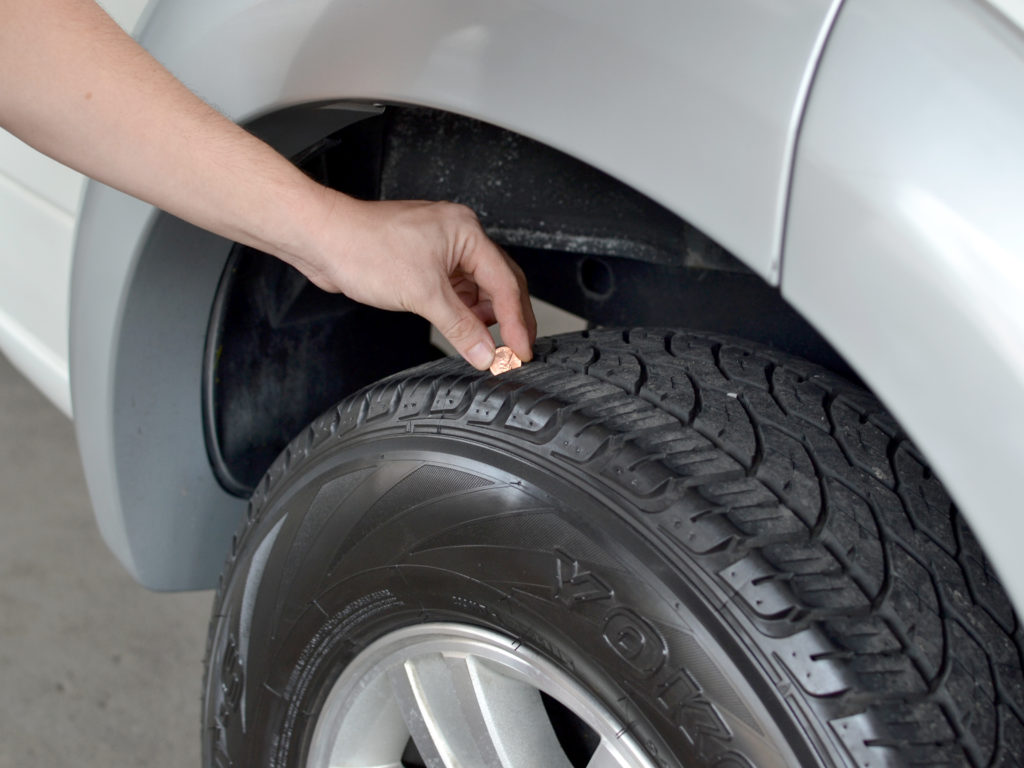
This technology is suitable for any paint that tarnishes car tires. She works with both homemade formulations and factory tools. Using this method, you can paint any wheel. However, silicone oil based formulations can only be used on tire beads. The rest of the compositions can be applied both on the sides and on the tread.
Find Goodyear tires for your vehicle
Office hours: 8:00 - 17:00
We work for you.
Delivery throughout Russia
All car owners want to keep their tires in such excellent condition for a long time, as if the car had just left the assembly line. But gravel, salt and reagents on the road in winter, and the scorching sun and dust in summer mercilessly do their job. Tires lose their original appearance and qualities over time, give out the age of the car. How to correct the situation and “rejuvenate” the rubber? You need to have a means for blackening tires on hand. Rubber, which is regularly treated with special compounds, looks better and lasts much longer. We will tell you how to properly blacken tires and why you should not use "folk methods".
But gravel, salt and reagents on the road in winter, and the scorching sun and dust in summer mercilessly do their job. Tires lose their original appearance and qualities over time, give out the age of the car. How to correct the situation and “rejuvenate” the rubber? You need to have a means for blackening tires on hand. Rubber, which is regularly treated with special compounds, looks better and lasts much longer. We will tell you how to properly blacken tires and why you should not use "folk methods".
Car owners are trying different ways to get their tires in good condition.

Rubber blackening requires preparation:
Special preparations are used to blacken rubber at the sink. They quickly cope with microcracks, are more difficult to remove from tires, so that the effect is long-lasting. Rain or puddles will not negate the entire “cosmetic operation”. We will tell you how to use special preparations correctly using the Entegra Black Cover blackening agent as an example. It is designed specifically for the care of rubber parts of the machine.
We will tell you how to use special preparations correctly using the Entegra Black Cover blackening agent as an example. It is designed specifically for the care of rubber parts of the machine.
Tire blackening agents must be in the arsenal of "assistant" car care among other auto cosmetics.